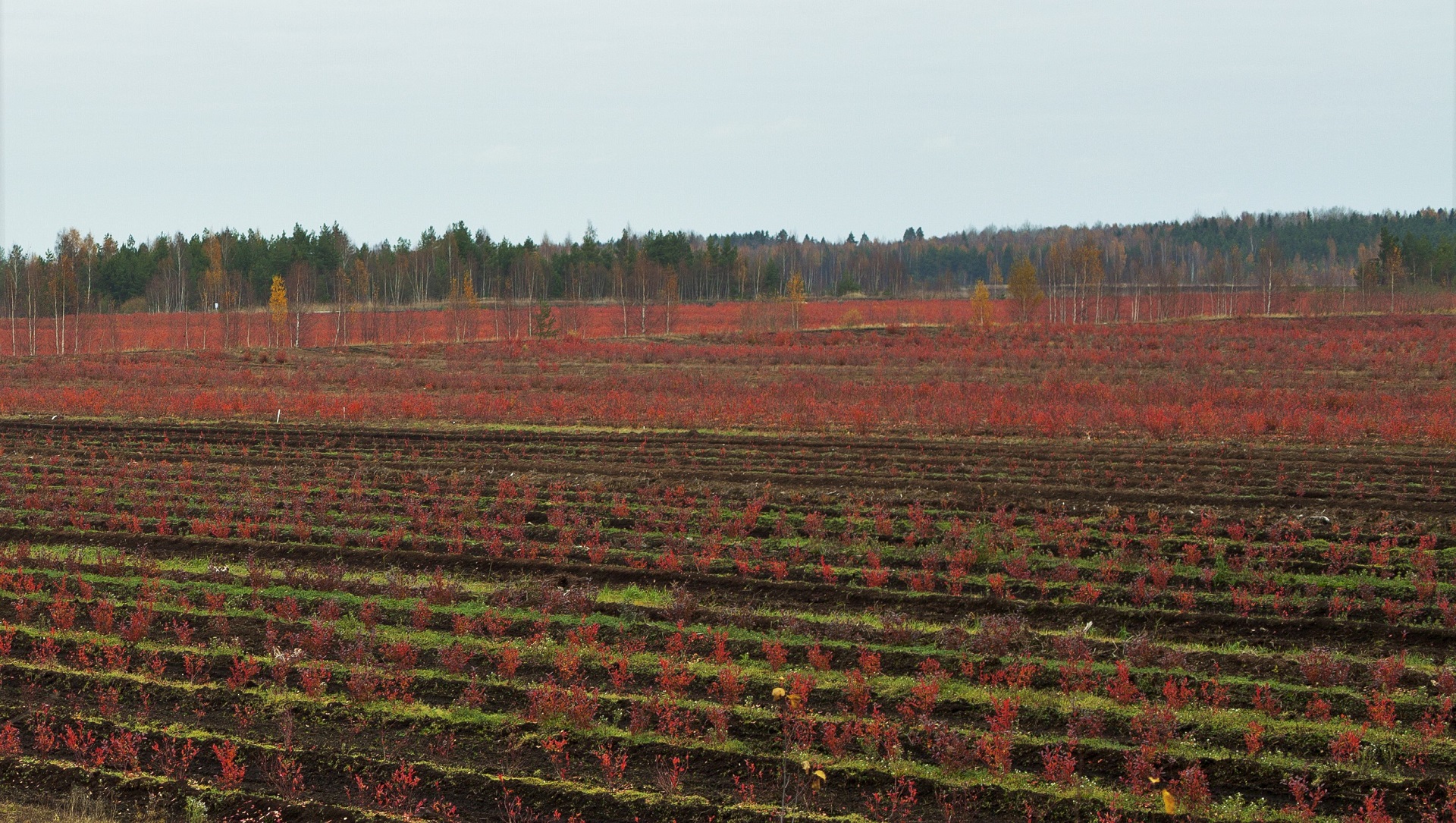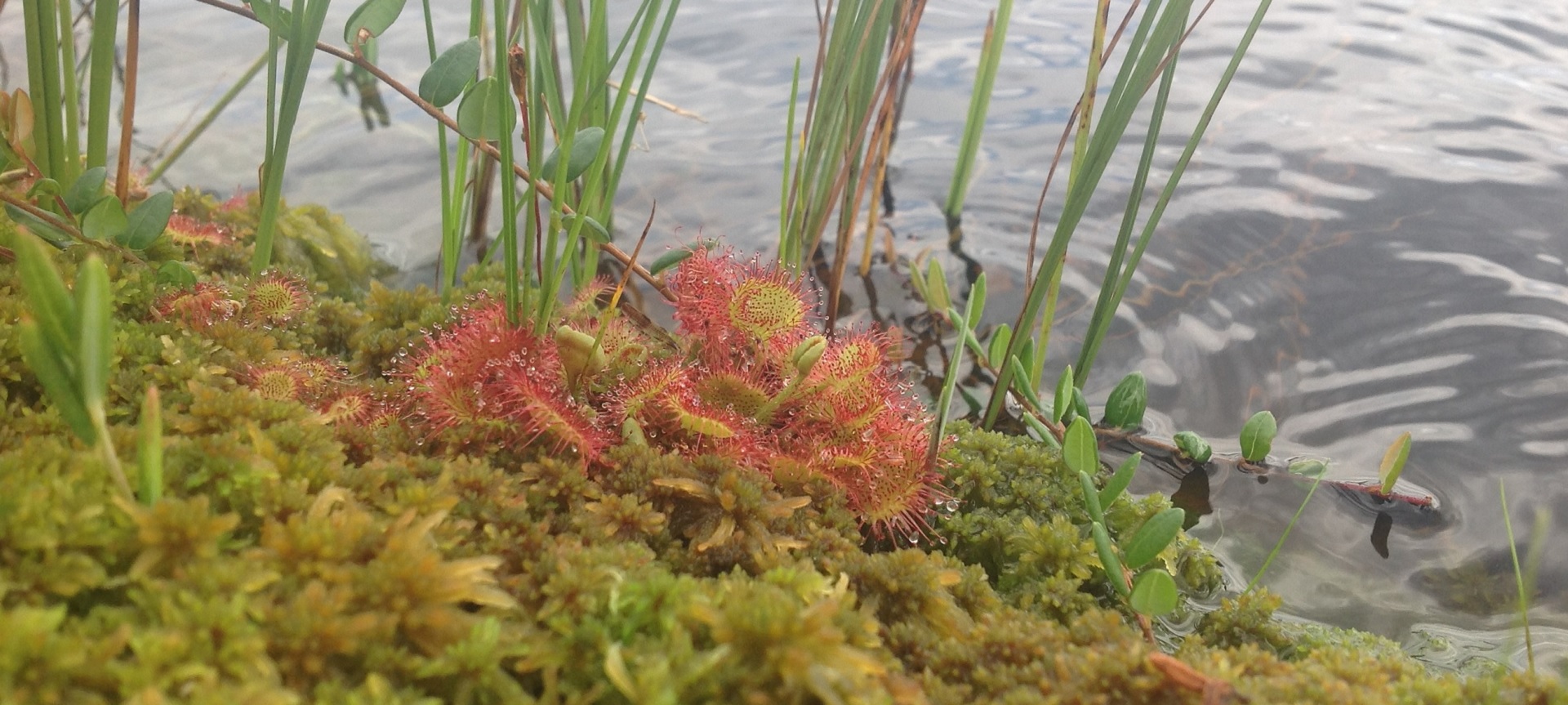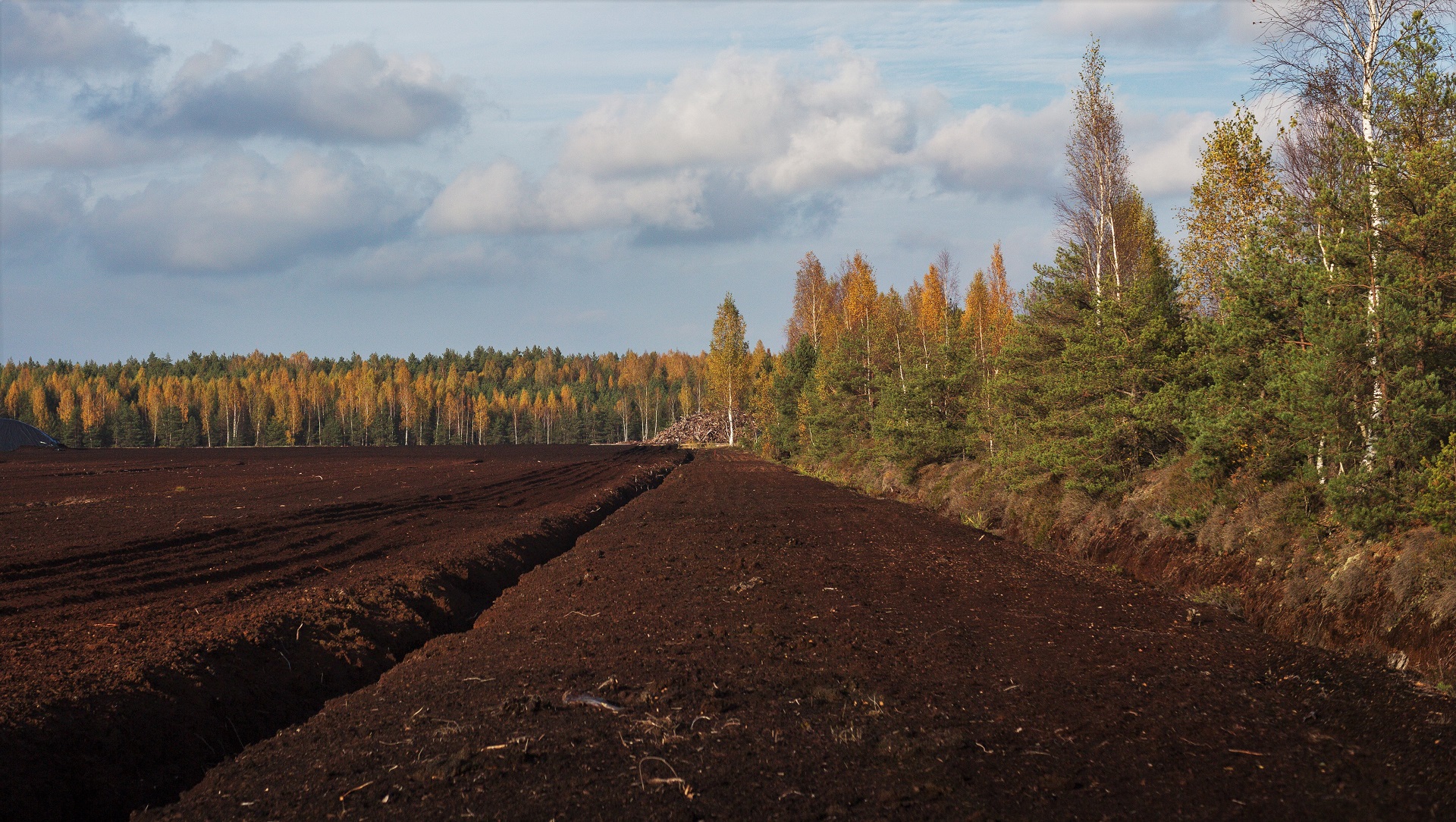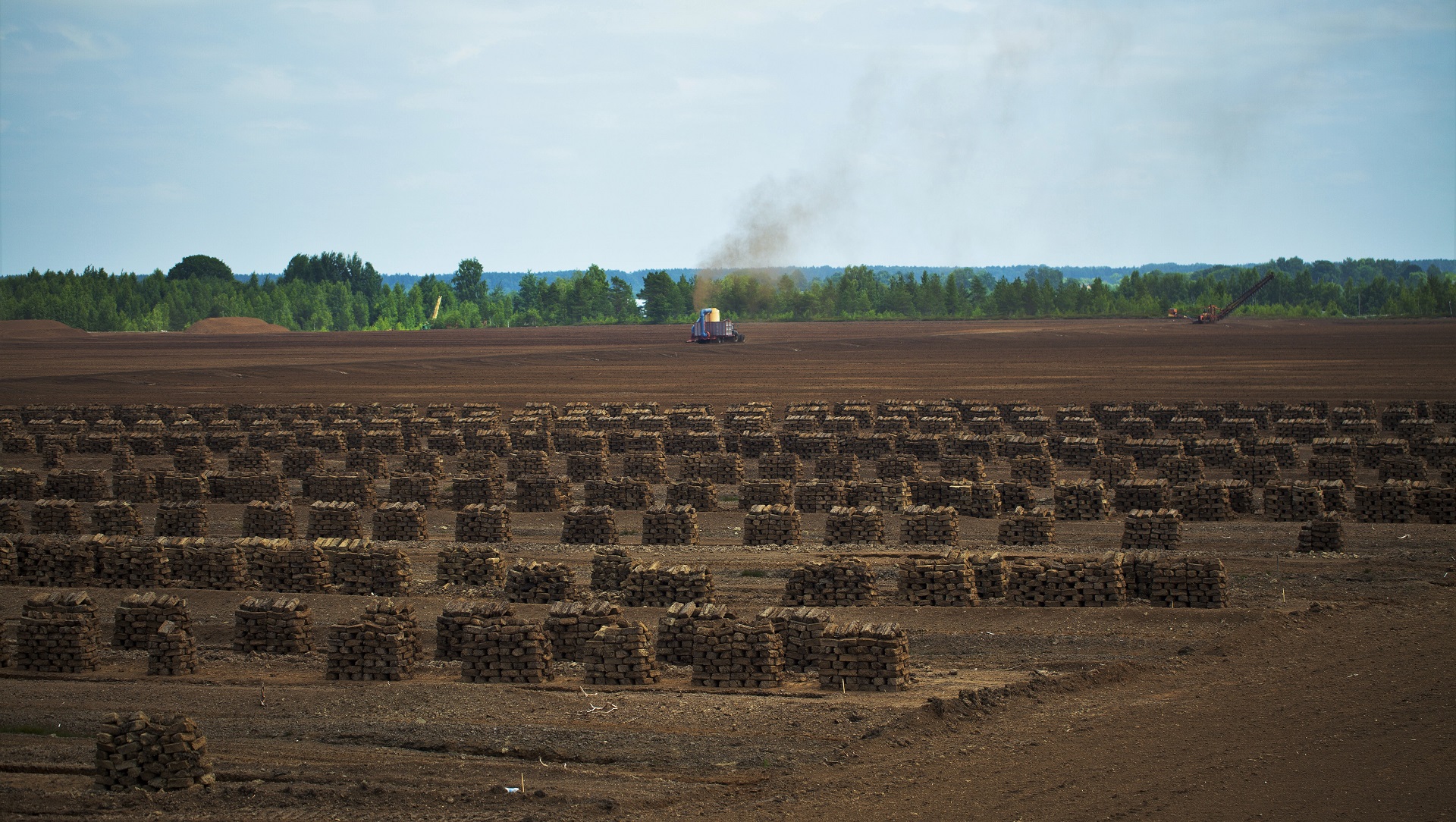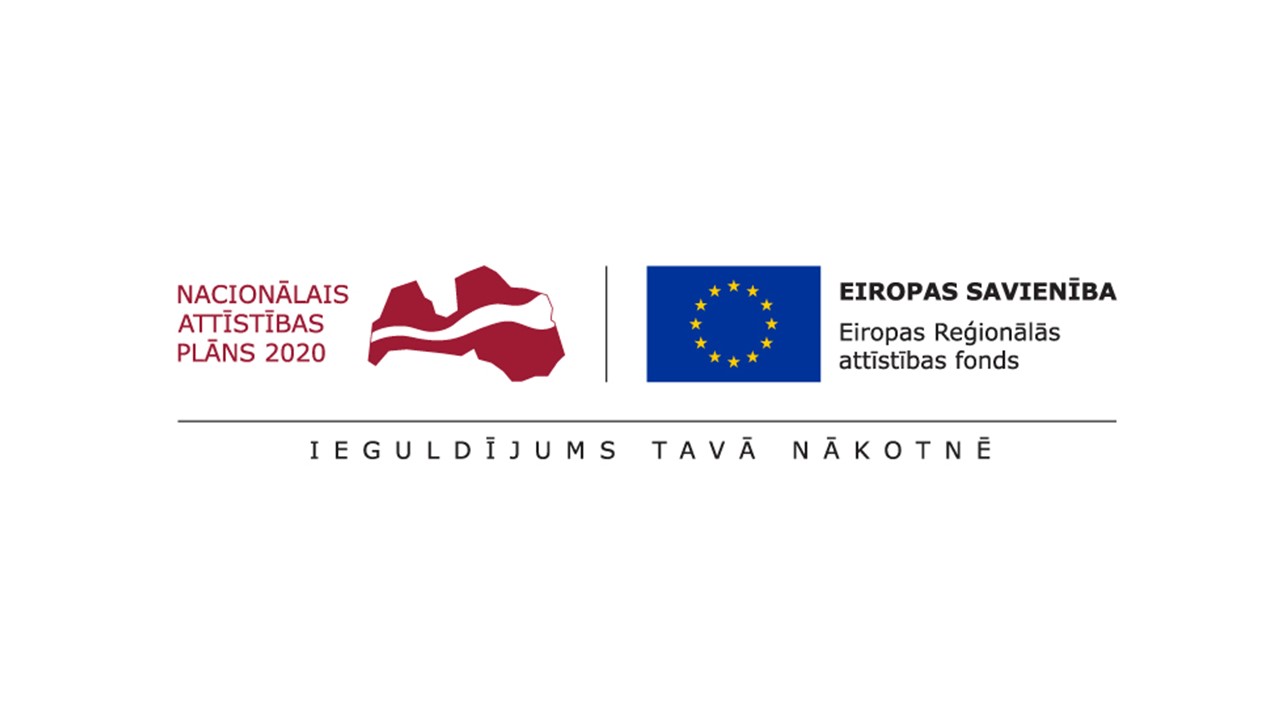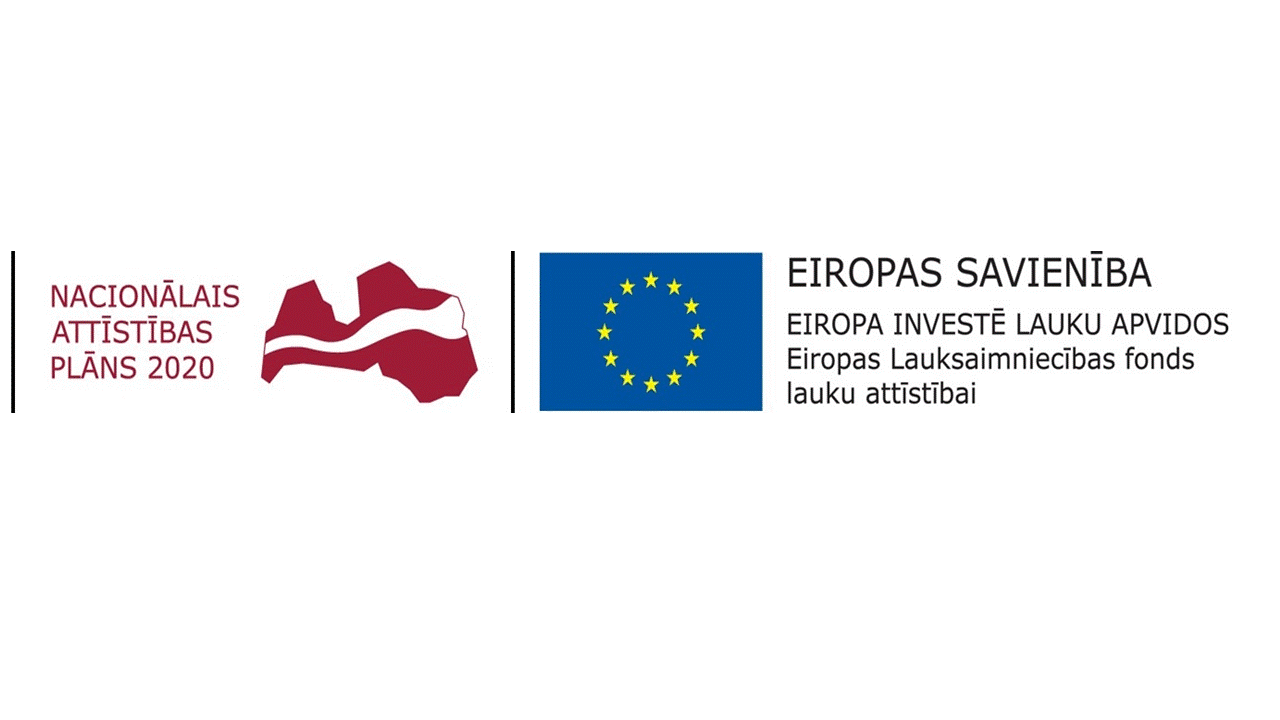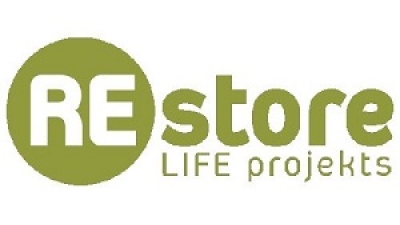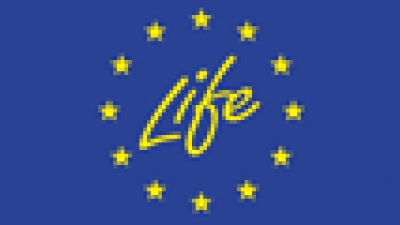Interesting information
What is a peatland (bog, mire) and what is a peat deposit?

It must be admitted that understanding of what is bog differs from
person to person. Mostly it represents everything that is
associated with bogs – both the location of a typical raised bog
landscape and forest that contains peat resources, and a place that
started to bog, but has not yet established the peat layer. For
example, in the popular website Wikipedia
the bog is the land area, characterized by
persistent or long-lasting moisture, specific vegetation and peat
accumulation, thus including the bog both from economic and
biological point of view.
In order to name the bog a peat deposit, its peat layer within at least 2 hectares must be at least 30 cm thick, but industrially usable depth (0.9 m) within a larger (or equal) than 1 ha and average depth of peat in the higher (or equal) than 1 m, and it is not important whether there is a forest or bog habitats on the peat deposit. In Latvia, 9600 peat deposits have been identified. Of these, 5100 are larger than 10 ha and more than 1100 are wider than 100 ha. More than 500 fields could be used for industrial peat extraction.
Whereas, from a biological point of view, to name the place a bog, the thickness of peat layer does not matter so much because the most important is whether the site is dominated by vegetation typical to a bog.
How much peat is in Latvia?

Overall, in the Latvian peat deposits it can be found 1.7 billion tons of peat (source: Latvian Environment Geology and Meteorology Centre). Bogs, which is currently the subject of peat extraction contain 145.7 million tons of peat.
How many bogs are in Latvia?
Two different answers exist to this question: 10.7% and 4.9%. If we refer to a bog as a peat deposit, then those occupy 10% of the territory of Latvia. These areas are researched in details from the view of peat resources and data on those is summarized in the voluminous Peat Fund (1980). If we talk about areas with vegetation typical to bogs, then they, probably, cover 4.9% of Latvia's territory. Unfortunately, the areas that are covered with vegetation typical to bogs are not mapped separately. Bog area of 4.9% obtained from the Peat Fund data from 1980, taking into account only those territories, whose surface is covered with typical bog landscape. However, since the Peat fund was published, the situation has changed significantly. Many transition bogs have become raised bogs, many drainage system does not work anymore, facilitating the paludification of new territories. To find out how big is the Latvia's part that is covered by bogs, it would be necessary to carry out detailed mapping of bog habitat.
In Latvia, around 9600 peat deposits have been studied. Almost every parish has bigger or smaller bog, which you can see HERE (the subsurface information system maintained by LVGMC, in Latvian).
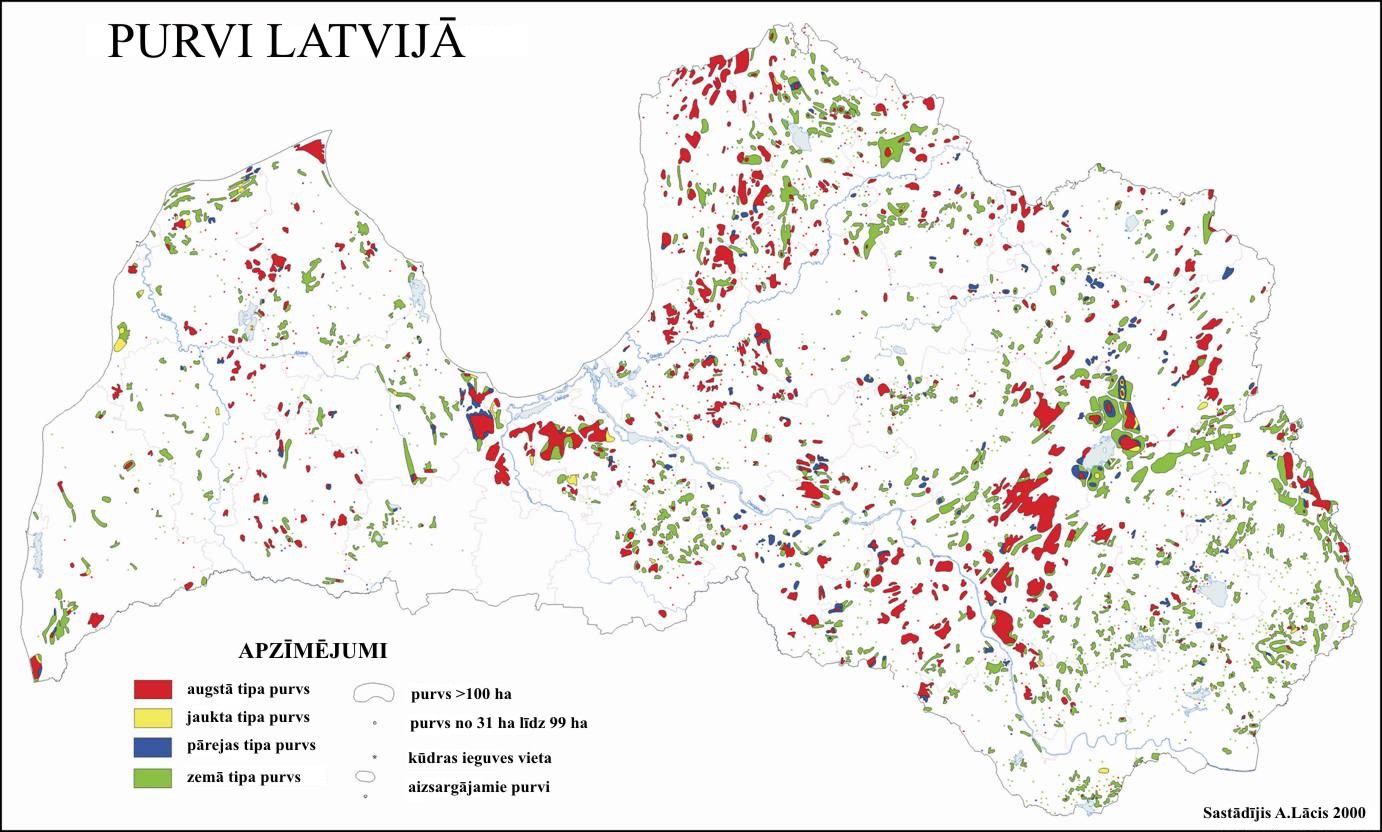
Should bogs be protected?

Yes, they should. Now, it is also done very actively. All of the largest and most beautiful Latvian bogs - Teiču, Ķemeri, Cenas tirelis etc., have already been protected. If we assume that areas with vegetation typical to a bog cover 4.9% (316,486 ha) of Latvia’s territory, and 128 000 ha of bogs are protected (Natura 2000 sites), then we can say that about 40% of the bogs are already being protected. In a very large part, the economic activity does not take place or even is banned, but the status of protected areas is not granted to such territories. Latvian bogs are not threatened by extinction. Latvian terrain (slightly wavy, with many lowlands) and climatic conditions (rainfall exceeds evaporation) are very beneficial for further development of existing bogs, renewal of extracted bogs and creation of new bogs.
Who owns the bogs of Latvia?
Mainly, all Latvian bogs are owned by the State. A part is managed by JSC "Latvian State Forests", another part by local municipalities and very few bogs are privately owned.

In Latvia, subterranean depths, including peat resources,
belong to the landowner. The most common restriction on the use of
subterranean depths is the prohibition on the extraction of
minerals and peat, in protected areas. The following institutions
may be involved in peat deposits management as landowners or legal
possessors:
• JSC “Latvijas Valsts meži” (manages state-owned land under
possession of Ministry of Agriculture);
• Municipalities (including “Rīgas meži” Ltd of Rīga
municipality);
• Nature Conservation Agency (manages state-owned land under
possession of Ministry of Environmental Protection and Regional
Development).
About two thirds (78%) of the peat extraction license areas are
state-owned or public – 55% belongs to the state, and 23% to
municipalities.
Figure below shows the distribution of peat extraction license
areas by ownership status. Here, land owned by companies includes:
capital companies of local governments; land belonging to
companies; land belonging to some other legal entities.

